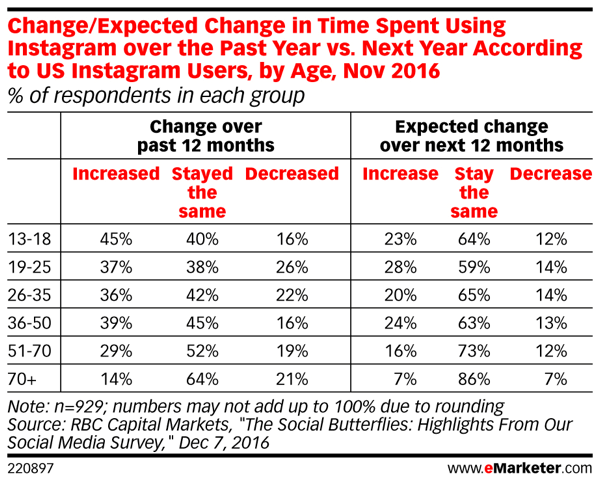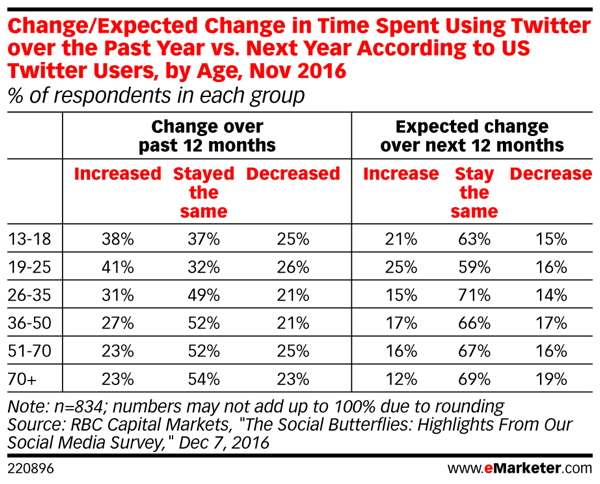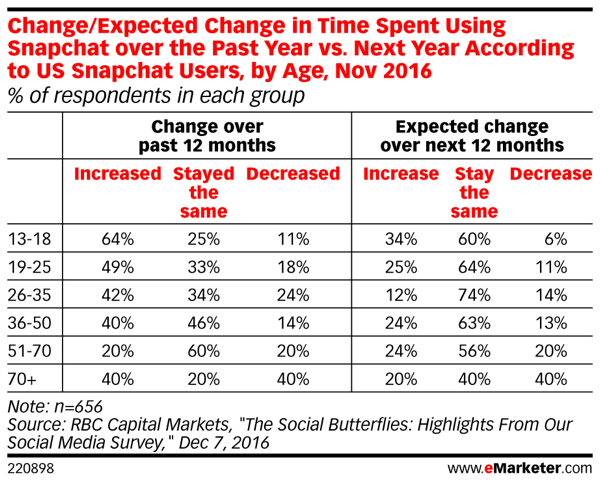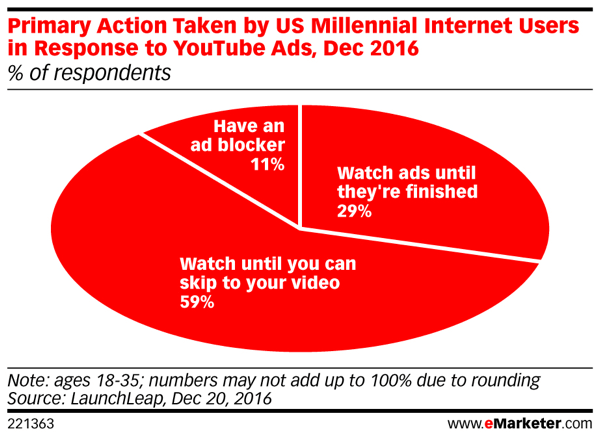Sugimoto, C. R., Work, S., Larivière, V., & Haustein, S. (2016). Scholarly use of social media and altmetrics: a review of the literature. Retrieved from
https://arxiv.org/abs/1608.08112
One of the central issues associated with altmetrics (short for alternative metrics) is the identification of communities engaging with scholarly content on social media (Haustein, Bowman, & Costas, 2015; Neylon, 2014; Tsou, Bowman, Ghazinejad, & Sugimoto, 2015) . It is thus of central importance to understand the uses and users of social media in the context of scholarly communication.
most identify the following major categori es: social networking, social bookmarking, blogging, microblogging, wikis , and media and data sharing (Gu & Widén -Wulff, 2011; Rowlands, Nicholas, Russell, Canty, & Watkinson, 2011; Tenopir et al., 2013) . Some also conside r conferencing, collaborative authoring, scheduling and meeting tools (Rowlands et al., 2011) or RSS and online documents (Gu & Widén -Wulff, 2011; Tenopir et al., 2013) as social media. The landscape of social media, as well as that of altmetrics, is constantly changing and boundaries with othe r online platforms and traditional metrics are fuzzy. Many online platforms cannot be easily classified and more traditional metrics , such as downloads and mentions in policy documents , have been referred to as altmetrics due to data pr ovider policies.
the Use of social media platforms for by researchers is high — ranging from 75 to 80% in large -scale surveys (Rowlands et al., 2011; Tenopir et al., 2013; Van Eperen & Marincola, 2011) .
but
less than 10% of scholars reported using Twitter (Rowlands et al., 2011) , while 46% used ResearchGate (Van Noorden, 2014) , and more than 55% use d YouTube (Tenopir et al., 2013) —it is necessary to discuss the use of various types of social media separately . Furthermore, there i s a distinction among types of us e, with studies showing higher uses of social media for dissemination, consumption, communication , and promotion (e.g., Arcila -Calderón, Piñuel -Raigada, & Calderín -Cruz, 2013; Van Noorden, 2014) , and fewer instances of use for creation (i.e., using social media to construct scholarship) (British Library et al., 2012; Carpenter, Wetheridge, Tanner, & Smith, 2012; Procter et al., 2010b; Tenopir et al., 2013) .
Frequently mentioned social platforms in scholarly communication research include research -specific tools such as Mendeley, Zotero, CiteULike, BibSonomy, and Connotea (now defunct) as well as general tools such as Delicious and Digg (Hammond, Hannay, Lund, & Scott, 2005; Hull, Pettifer, & Kell, 2008; Priem & Hemminger, 2010; Reher & Haustein, 2010) .
Social data sharing platforms provide an infrastructure to share various types of scholarly objects —including datasets, software code, figures, presentation slides and videos —and for users to interact with these objects (e.g., comment on, favorite, like , and reuse ). Platforms such as Figshare and SlideShare disseminate scholars’ various types of research outputs such as datasets, figures, infographics, documents, videos, posters , or presentation slides (Enis, 2013) and displays views, likes, and shares by other users (Mas -Bleda et al., 2014) . GitHub provides for uploading and stor ing of software code, which allows users to modify and expand existing code (Dabbish, Stuart, Tsay, & Herbsleb, 2012) , which has been shown to lead to enhanced collaboratio n among developers (Thung, Bissyande, Lo, & Jiang, 2013) . As w ith other social data sharing platforms, usage statistics on the number of view and contributions to a project are provided (Kubilius, 2014) . The registry of research data repositories, re3data.org, ha s indexed more than 1,200 as of May 2015 2 . However, only a few of these repositories (i.e. , Figshare, SlideShare and Github) include social functionalities and have reached a certain level of participation from scholars (e.g., Begel, Bosch, & Storey, 2013; Kubilius, 2014) .
Video provide s yet another genre for social interaction and scholarly communication (Kousha, Thelwall, & Abdoli, 2012; Sugimoto & Thelwall, 2013) . Of the various video sharing platforms, YouTube, launched in 2005, is by far the most popular
A study of UK scholars reports that the majority o f respondents engaged with video for scholarly communication purposes (Tenopir et al., 2013) , yet only 20% have ever created in that genre. Among British PhD students, 17% had used videos and podcasts passively for research, while 8% had actively contributed (British Library et al., 2012) .
Blogs began in the mid -1990s and were considered ubiquitous by the mid- 200 0s (Gillmor, 2006; Hank, 2011; Lenhart & Fox, 2006; Rainie, 2005) . Scholarly blogs emerged during this time with their own neologisms (e.g., blogademia , blawgosphere , bloggership) and body of research (Hank, 2011) and were considered to change the exclusive structure of scholarly communication
Technorati, considered t o be on e of the largest ind ex of blogs, deleted their entire blog directory in 2014 3 . Individual blogs are also subject to abrupt cancellations and deletions, making questionable the degree to which blogging meets the permanence criteria of scholarly commu nication (Hank, 2011) .
ResearchBlogging.org (RB) — “an aggregator of blog posts referencing peer -reviewed research in a structured manner” (Shema, Bar -Ilan, & Thelwall, 2015, p. 3) — was launched in 2007 and has been a fairly stable structure in the scholarly blogging environment. RB both aggregates and —through the use of the RB icon — credentials scholarly blogs (Shema et al., 2015) . The informality of the genre (Mewburn & Thomson, 2013) and the ability to circumve nt traditional publishing barr iers has led advocates to claim that blogging can invert traditional academic power hierarchies (Walker, 2006) , allow ing people to construct scholarly identities outside of formal institutionalization (Ewins, 2005; Luzón, 2011; Potter, 2012) and democratize the scientific system (Gijón, 2013) . Another positive characteristic of blogs is their “inherently social” nature (Walker, 2006, p. 132) (see also Kjellberg, 2010; Luzón, 2011 ). Scholars have noted the potential for “communal scholarship” (Hendrick, 2012) made by linking and commenting, calling the platform “a new ‘third place’ for academic discourse” (Halavais, 2006, p. 117) . Commenting functionalities were seen as making possible the “shift from public understanding to public engagement with science” (Kouper, 2010, p. 1) .
Studies have also provided evidence of high rate s of blogging among certain subpopulations: for example, approximately one -third of German university staff (Pscheida et al., 2013) and one fifth of UK doctoral students use blogs (Carpenter et al., 2012) .
Academics are not only producers, but also consumers of blogs: a 2007 survey of medical bloggers foundthat the large majority (86%) read blogs to find medical news (Kovic et al., 2008)
Mahrt and Puschmann (2014) , who defined science blogging as “the use of blogs for science communication” (p. 1). It has been similarly likened to a sp ace for public intellectualism (Kirkup, 2010; Walker, 2006) and as a form of activism to combat perceived biased or pseudoscience (Riesch & Mendel, 2014. Yet, there remains a tension between science bloggers and science journalists, with many science journals dismissing the value of science blogs (Colson, 2011)
.
while there has been anecdotal evidence of the use of blogs in promotion and tenure (e.g., (Podgor, 2006) the consensus seem s to suggest that most institutions do not value blogging as highly as publishing in traditional outlets, or consider blogging as a measure of service rather than research activity (Hendricks, 2010, para. 30) .
Microblogging developed out of a particular blogging practice, wherein bloggers would post small messages or single files on a blog post. Blogs that focused on such “microposts” were then termed “tumblelogs” and were described as “a quick and dirty stream of consciousness” kind of blogging (Kottke, 2005, para. 2)
most popular microblogs are Twitter (launched in 2006), tumblr (launched in 2007), FriendFeed (launched in 2007 and available in several languages), Plurk (launched in 2008 and popular in Taiwan), and Sina Weibo (launched in 2009 and popular in China).
users to follow other users, search tweets by keywords or hashtags, and link to other media or other tweets
.
Conference chatter (backchanneling) is another widely studied area in the realm of scholarly microblogging. Twitter use at conferences is generally carried out by a minority of participants
Wikis are collaborative content management platforms enabled by web browsers and embedded markup languages.
Wikipedia has been advocated as a replacement for traditional publishing and peer review models (Xia o & Askin, 2012) and pleas have been made to encourage experts to contribute (Rush & Tracy, 2010) . Despite this, contribution rates remain low — likely hindered by the lack of explicit authorship in Wikipedia, a cornerstone of the traditional academic reward system (Black, 2008; Butler, 2008; Callaway, 2010; Whitworth & Friedman, 2009) . Citations to scholarly documents —another critical component in the reward system —are increasingly being found i n Wikiped ia entries (Bould et al., 2014; Park, 2011; Rousidis et al., 2013) , but are no t yet seen as valid impact indicators (Haustein, Peters, Bar -Ilan, et al., 2014) .
The altmetrics manifesto (Priem et al., 2010, para. 1) , altmetrics can serve as filters , which “reflect the broad, rapid impact of scholarship in this burgeoning ecosystem”.
There are also a host of platforms which are being used informally to discuss and rate scholarly material. Reddit, for example, is a general topic platform where users can submit, discuss and rate online content. Historically, mentions of scientific journals on Reddit have been rare (Thelwall, Haustein, et al., 2013) . However, several new subreddits —e.g., science subreddit 4 , Ask Me Anything sessions 5 –have recently been launched, focusing on the discussion of scientific information. Sites like Amazon (Kousha & Thelwall, 2015) and Goodreads (Zuccala, Verleysen, Cornacchia, & Engels, 2015) , which allow users to comment on and rate books, has also been mined as potential source for the compilation of impact indicators
libraries provide services to support researchers’ use of social media tools and metrics (Lapinski, Piwowar, & Priem, 2013; Rodgers & Barbrow, 2013; Roemer & Borchardt, 2013). One example is
Mendeley Institutional Edition,
https://www.elsevier.com/solutions/mendeley/Mendeley-Institutional-Edition, which mines Mendeley documents, annotations, and behavior and provides these data to libraries (Galligan & Dyas -Correia, 2013) . Libraries can use them for collection management, in a manner similar to other usage data, such as COUNTER statistics (Galligan & Dyas -Correia, 2013) .
Factors affecting social media use; age, academic rank and status, gender, discipline, country and language,
++++++++++++++++++++++++++
h-index
+++++++++++++
more on altmetrics in this IMS blog:
https://blog.stcloudstate.edu/ims?s=altmetrics
Zhang, X., Chen, H., Pablos, P. O. de, Lytras, M. D., & Sun, Y. (2016). Coordinated Implicitly? An Empirical Study on the Role of Social Media in Collaborative Learning.
The International Review of Research in Open and Distributed Learning,
17(6).
https://doi.org/10.19173/irrodl.v17i6.2622++++++++++++++++++
Vlachopoulos, D. (2016). Assuring Quality in E-Learning Course Design: The Roadmap.
The International Review of Research in Open and Distributed Learning,
17(6).
https://doi.org/10.19173/irrodl.v17i6.2784
++++++++++++++++++
Ungerer, L. M. (2016). Digital Curation as a Core Competency in Current Learning and Literacy: A Higher Education Perspective.
The International Review of Research in Open and Distributed Learning,
17(5).
https://doi.org/10.19173/irrodl.v17i5.2566 metaliteracy
Technology considerably impacts on current literacy requirements (Reinking, as cited in Sharma & Deschaine, 2016). Being literate in the 21st century requires being able to decode and comprehend multimodal texts and digital format and also engage with these texts in a purposeful manner. Literacy is not merely based on a specific skill, but consists of a process that embraces the dynamic, social, and collaborative facets of digital technology (Lewis & Fabos, as cited in Mills, 2013).
Mackey and Jacobson (2011) suggest reframing the concept of information literacy as metaliteracy (supporting multiple literacy types) because of a tremendous growth in social media and collaborative online communities. They propose that information literacy currently involves more than a set of discrete skills, since active knowledge production and distribution in collaborative online communities are also necessary.
Mackey and Jacobson (2011) position metaliteracy as an overarching and comprehensive framework that informs other literacy types. It serves as the basis for media literacy, digital literacy, ICT literacy, and visual literacy.
According to Mills (2013, p. 47), digital curation is the sifting and aggregation of internet and other digital resources into a manageable collection of what teachers and students find relevant, personalized and dynamic. It incorporates the vibrancy of components of the Internet and provides a repository that is easily accessible and usable.
Pedagogies of Abundance
According to Weller (2011), a pedagogy of abundance should consider a number of assumptions such as that content often is freely available and abundant. Content further takes on various forms and it is often easy and inexpensive to share information. Content is socially based and since people filter and share content, a social approach to learning is advisable. Further, establishing and preserving connections in a network is easy and they do not have to be maintained on a one-to-one basis. Successful informal groupings occur frequently, reducing the need to formally manage groups.
Resource-based learning. Ryan (as cited in Weller, 2011) defines resource-based learning as “an integrated set of strategies to promote student centred learning in a mass education context, through a combination of specially designed learning resources and interactive media and technologies.”
Problem-based learning. Problem-based learning takes place when learners experience the process of working toward resolving a problem encountered early in the learning process (Barrows & Tamblyn, as cited in Weller, 2011). Students often collaborate in small groups to identify solutions to ill-defined problems, while the teacher acts as facilitator and assists groups if they need help. Problem-based learning meets a number of important requirements such as being learner-directed, using diverse resources and taking an open-ended approach.
Communities of practice. Lave and Wenger’s (as cited in Weller, 2011) concept of situated learning and Wenger’s (as cited in Weller, 2011) idea of communities of practice highlight the importance of apprenticeship and the social role in learning.
My note: this article spells out what needs to be done and how. it is just flabeghasting that research guides are employed so religiously by librarians. They are exactly the opposite concept of the one presented in this article: they are closed, controlled by one or several librarians, without a constant and easy access of the instructor, not to mention the students’ participation
+++++++++++++++++
more on teaching w social media in this IMS blog
https://blog.stcloudstate.edu/ims?s=social+media+teaching
Save
Save
The biggest threat to democracy? Your social media feed
Yochai Benkler explains: “The various formats of the networked public sphere provide anyone with an outlet to speak, to inquire, to investigate, without need to access the resources of a major media organization.”
Democratic bodies are typically elected in periods of three to five years, yet citizen opinions seem to fluctuate daily and sometimes these mood swings grow to enormous proportions. When thousands of people all start tweeting about the same subject on the same day, you know that something is up. With so much dynamic and salient political diversity in the electorate, how can policy-makers ever reach a consensus that could satisfy everyone?
At the same time, it would be a grave mistake to discount the
voices of the internet as something that has no connection to real political situations.
What happened in the UK was not only a political disaster, but also a vivid example of what happens when you combine the uncontrollable power of the internet with a
lingering visceral feeling that ordinary people have lost control of the politics that shape their lives.

Polarization as a driver of populism
People who have long entertained right-wing populist ideas, but were never confident enough to voice them openly, are now in a position to connect to like-minded others online and use the internet as a megaphone for their opinions.
The resulting echo chambers tend to amplify and reinforce our existing opinions, which is dysfunctional for a healthy democratic discourse. And while social media platforms like Facebook and Twitter generally have the power to expose us to politically diverse opinions, research suggests that the filter bubbles they sometimes create are, in fact, exacerbated by the platforms’ personalization algorithms, which are based on our social networks and our previously expressed ideas. This means that instead of creating an ideal type of a digitally mediated “public agora”, which would allow citizens to voice their concerns and share their hopes, the internet has actually increased conflict and ideological segregation between opposing views, granting a disproportionate amount of clout to the most extreme opinions.
The disintegration of the general will
In political philosophy, the very idea of democracy is based on the principal of the general will, which was proposed by Jean-Jacques Rousseau in the 18th century. Rousseau envisioned that a society needs to be governed by a democratic body that acts according to the imperative will of the people as a whole.
There can be no doubt that a new form of digitally mediated politics is a crucial component of the Fourth Industrial Revolution: the internet is already used for bottom-up agenda-setting, empowering citizens to speak up in a networked public sphere, and pushing the boundaries of the size, sophistication and scope of collective action. In particular, social media has changed the nature of political campaigning and will continue to play an important role in future elections and political campaigns around the world.
++++++++++++++
more on the impact of technology on democracy in this IMS blog:
https://blog.stcloudstate.edu/ims?s=democracy






